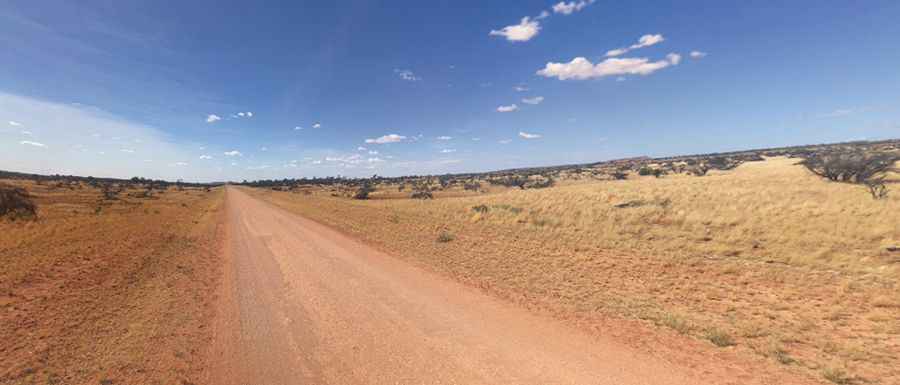Driving the Corrugated Ernest Giles Road Through the Desert
Ernest Giles Road is one of the more remote drives in the Northern Territory of Australia. It's suitable for 4WD vehicles only, as there are significant dips, corrugations, and occasional deep sand, with regular closures during the wet season.

Why is it called Ernest Giles Road?
This road is named after Ernest Giles, an explorer who conducted several important expeditions into Central and Western Australia between 1872 and 1876.
How long is Ernest Giles Road?
Running through the desert, the road is rough and bumpy. It’s 100 km (62 miles) long, running west-east from Luritja Road to Stuart Highway. It's a very important road for cattle stations and local communities, but it isn't heavily used.
How challenging is Ernest Giles Road?
The road is occasionally closed after heavy rains. It's designated for 4WD only due to its unstable and changing road surfaces. Be thoroughly prepared and conduct substantial research before tackling these regions in Australia. This track can become very muddy and slippery after rain. You'll find yourself in desolate country, and even 4WDs can break down. Do not attempt this road with a 2WD unless you want to get stuck. The best approach is to lower tire pressure a bit and drive at a reasonable speed. The road has poor drainage and elevation in most sections, regularly closing during wet periods.
Is Ernest Giles Road remote?
It's an excellent road to take if you seek to experience very remote areas. Be prepared: the road is poorly maintained and includes a few river crossings. The track closes after rain, flooding in sections even after it reopens. Flooding can occur after brief but heavy thunderstorms during the dry season. Given the desert's character, the road quality changes throughout the year, so caution is advised. Always carry plenty of water and an extra spare, as there are significant rocks that could cause real damage. The road is one of the richest red, mystic, dusty roads you will ever travel along. It provides a remote-area experience, and travelers should be self-sufficient with everything from water to communications—there's no mobile network coverage.
Is Ernest Giles Road worth it?
The main attraction, besides the sense of adventure from traveling such a remote and challenging route, is the opportunity to visit Henbury Meteorite Craters.
Pic: Ger van Hees